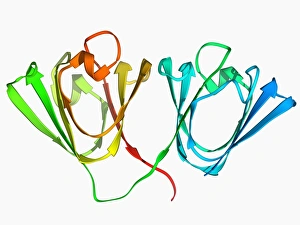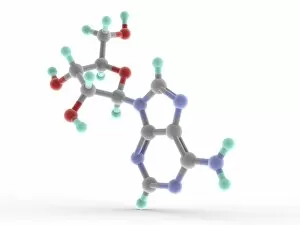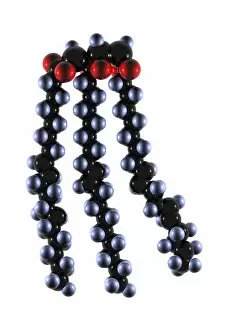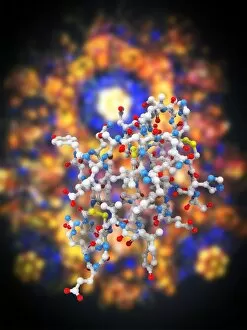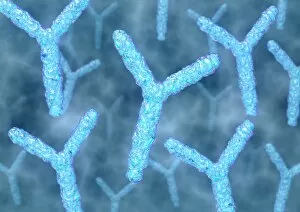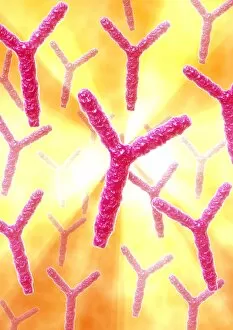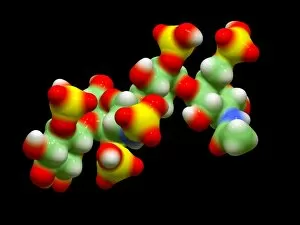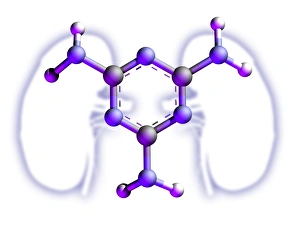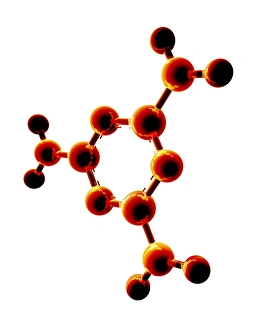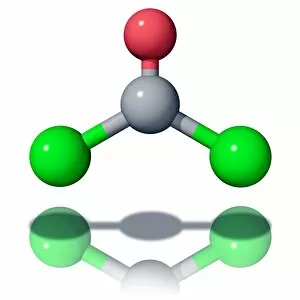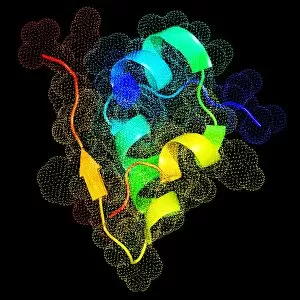Monomer Collection
Monomers: The Building Blocks of Life From the intricate structure of our DNA to the essential proteins that keep us functioning
All Professionally Made to Order for Quick Shipping
Monomers: The Building Blocks of Life From the intricate structure of our DNA to the essential proteins that keep us functioning, monomers play a crucial role in the complexity and diversity of life. Let's delve into some fascinating examples. Adenosine molecule: Found in our genetic material, this one of the building blocks of RNA. It carries vital information for protein synthesis and cellular processes. Insulin molecule C014/2121: This hormone regulates blood sugar levels and ensures proper energy utilization within our bodies. Its monomeric units work together to maintain glucose balance. Eye lens protein molecule F006/9758: Responsible for maintaining transparency and focusing light onto our retinas, these specialized monomers form an intricate network that shapes our lenses. Polyunsaturated fat molecule: These healthy fats consist of multiple unsaturated fatty acid chains linked together as monomers. They provide essential nutrients, support brain function, and contribute to heart health. Insulin molecule C014/2122 & Insulin molecule C014/2290 & Insulin molecule C014/2120: Variations in insulin's molecular structure allow it to perform specific functions related to glucose regulation throughout different stages or conditions within our bodies. Haemoglobin molecule: Present in red blood cells, haemoglobin transports oxygen from lungs to tissues while removing carbon dioxide waste. Its complex assembly relies on individual monomeric units working harmoniously. These diverse examples highlight how various molecules act as fundamental building blocks—monomers—that assemble into larger structures with unique functions critical for life's existence. Understanding their roles helps unravel the intricacies behind biological processes and paves the way for advancements in medicine, nutrition, and beyond.


